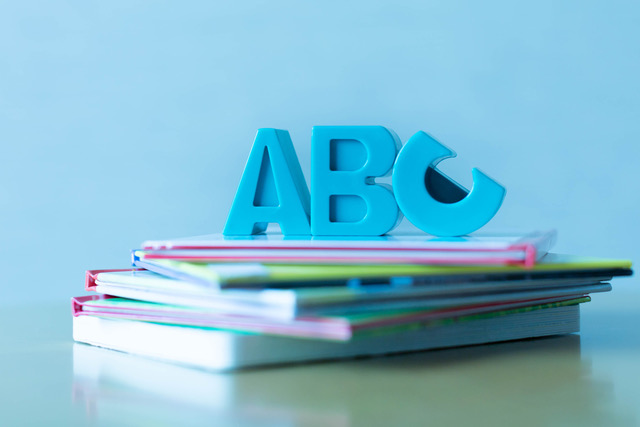Future Stories Community Enterprise, who produce the 11 plus test for Crossley Heath, North Halifax and Heckmondwike Grammar Schools, have recently updated their guides to their exam format. As they do not publish actual exam papers, these guides offer the best insight into what children can expect in their 11 plus exam.
The FSCE 11 Plus entrance exam consists of three separate papers, each designed to assess a different aspect of academic ability. Children will complete each paper using a separate answer sheet, and all instructions will be delivered via audio.
Paper 1: Multiple Choice – English and Maths
- This paper includes a mixture of reading comprehension, vocabulary, and maths reasoning questions.
- Pupils record their answers by shading ovals on a multiple-choice answer sheet.
- If they need to change an answer, they are shown how to cross out the original response and clearly mark the new one.
- Only one answer is correct for each question.
- All instructions and timings are provided through a pre-recorded audio guide, ensuring a consistent experience for all candidates.
Paper 2: Short Written Answers – English and Maths
- Unlike Paper 1, this section requires children to write their own answers, either as words, letters, or numbers, depending on the question.
- English tasks include spelling-based gap-fill questions where children write missing letters to complete words.
- Maths tasks may involve mental arithmetic, problem solving, and interpreting data.
- All answers are written in clearly marked boxes on a separate answer sheet. For example:
- Letter answers must be written in capital letters, one per box.
- Number answers should be written clearly, with only one number per box.
- Again, answers must be completed using a black biro or ballpoint pen.
Paper 3: Creative Response – A Significant Update
This section of the exam has undergone the biggest change in the latest FSCE guide.
Previously described simply as a story-writing task, Paper 3 is now framed more broadly as a test of creativity — assessing a child’s ability to think imaginatively and solve problems in original ways.
Key Features of the New Creative Response Format:
- Pupils receive a question booklet with instructions and a separate lined answer sheet.
- They are given dedicated planning time before they begin writing. While they may jot notes or diagrams in the booklet, only the final answer sheet will be marked.
- The writing tasks vary and may include:
- Writing a poem that appeals to the five senses
- Describing a scenario with a problem and solution (e.g. “The world is now silent…”)
- Producing a persuasive or imaginative response to an object or situation (e.g. “What else could your chair be used for?”)
- Writing instructions for a made-up invention or gadget
- Responding to a fantastical prompt (e.g. “What would you do if a dragon landed on your school roof?”)
What FSCE Is Looking For:
- Original ideas, not just writing technique
- The ability to develop and explain an idea clearly
- Use of imagination, structure, and purposeful language
- Children are not expected to write a long story — quality of ideas and how they’re expressed is more important than length
This shift in focus reflects FSCE’s broader definition of academic ability, placing equal value on creativity, problem-solving, and communication.



